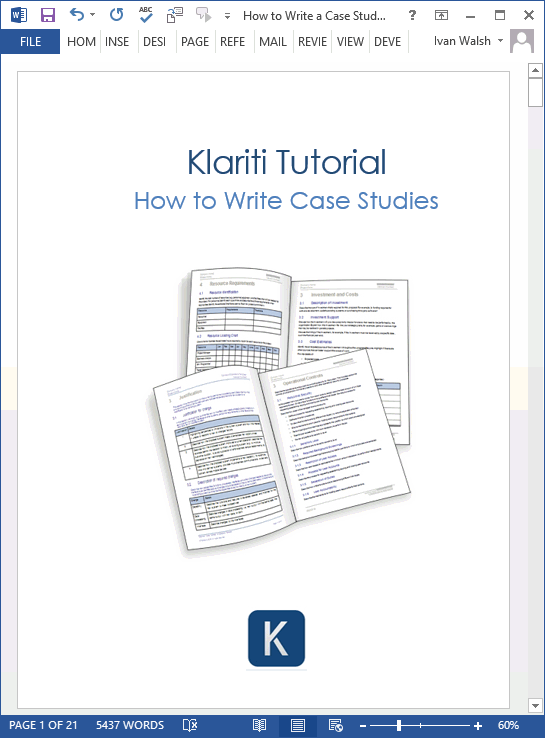A case study is a type of research paper that focuses on one specific instance, or a set of cases, to draw conclusions about a particular topic or population. This type of research paper is very useful for generalizing findings to other populations, but there are certain limitations and rules to consider before embarking on a case study project. This article discusses the structure, purpose, and sample size of a case study. You can use these guidelines to guide your work.
Limitations of a case study
A case study is an academic study on a single person or group, as opposed to an experiment. Case studies produce more descriptive data, while surveys generate more statistically significant data. Because of this, they are often used for research on entities and organizations that have clearly defined boundaries. This is an advantage of case studies, but there are also disadvantages. Listed below are some of the limitations of case studies. Read on to learn about some ways in which this type of research can be misused.
The methodology and design of a case study can have limitations. Some of these limitations will limit the scope of analysis or the size of the sample. Others may limit the validity of a study, which means that a researcher should explain the limitations to the reader and discuss how they might impact future research. To avoid this, it is best to state limitations in the past tense. This way, readers can see that the limitations were discovered after the research had been completed.
Structure
The structure of a case study is similar to that of a standard college research paper, but there are a few key differences to consider. To begin, case studies should be relatively brief, at only 500 to 900 words. A case study can be characterized by a protagonist, a main character, and a plot. Like a novel, a case study should contain an introduction, rising action, climax, and resolution. It should also include an evaluation of legal and ethical principles, and recognize the importance of the case worldwide.
Using case studies can help us understand trends and issues that are related to a particular problem or issue. When writing about a specific case, however, we must ensure that conclusions are grounded in the data and results of the study. If not, the results may simply be speculative. For example, girls’ access to social media in Azerbaijan might be a good way to increase their chances of completing high school, but it wouldn’t be valid if there was no evidence to support it.
Purpose
When students write for school, case studies often stand out among other types of writing. They are effective at applying concepts that are covered in class to real-life situations. Using real-life examples allows students to understand complicated topics much more quickly than if they were forced to read a book or watch a documentary. This is why many educational institutions ask students to write case studies for their classes. Here are some tips to help you write a case study that will impress your instructor!
First, case studies are often divided into exploratory and descriptive types. Exploratory case studies are more detailed than typical case studies, allowing the researcher to spend more time analyzing information. In addition, these case studies allow the researcher to choose their topic and subject matter, rather than a specific subject. Intrinsic case studies, on the other hand, allow the writer to freely research his or her topic, instead of relying on a set of preconceived ideas.
Sample size
Using the proper sample size for a case study is crucial for the success of the study. While the number of respondents is important, the exact proportion of sampled individuals is not as important as the sample’s statistical power. In many situations, the sample size is based on the population size, so consider how many people your study will involve. There are several different methods to determine the ideal sample size. Listed below are some of the most common methods.
The smallest sample size is often considered ideal for research, but this type of study is not always the best choice. Smaller samples are more likely to produce spurious, faulty, and inconclusive results. Furthermore, they tend to yield estimates with a higher level of variation, making them less useful for understanding questions or modelling. Regardless of the method chosen, the sample size should not be too small or too large.





